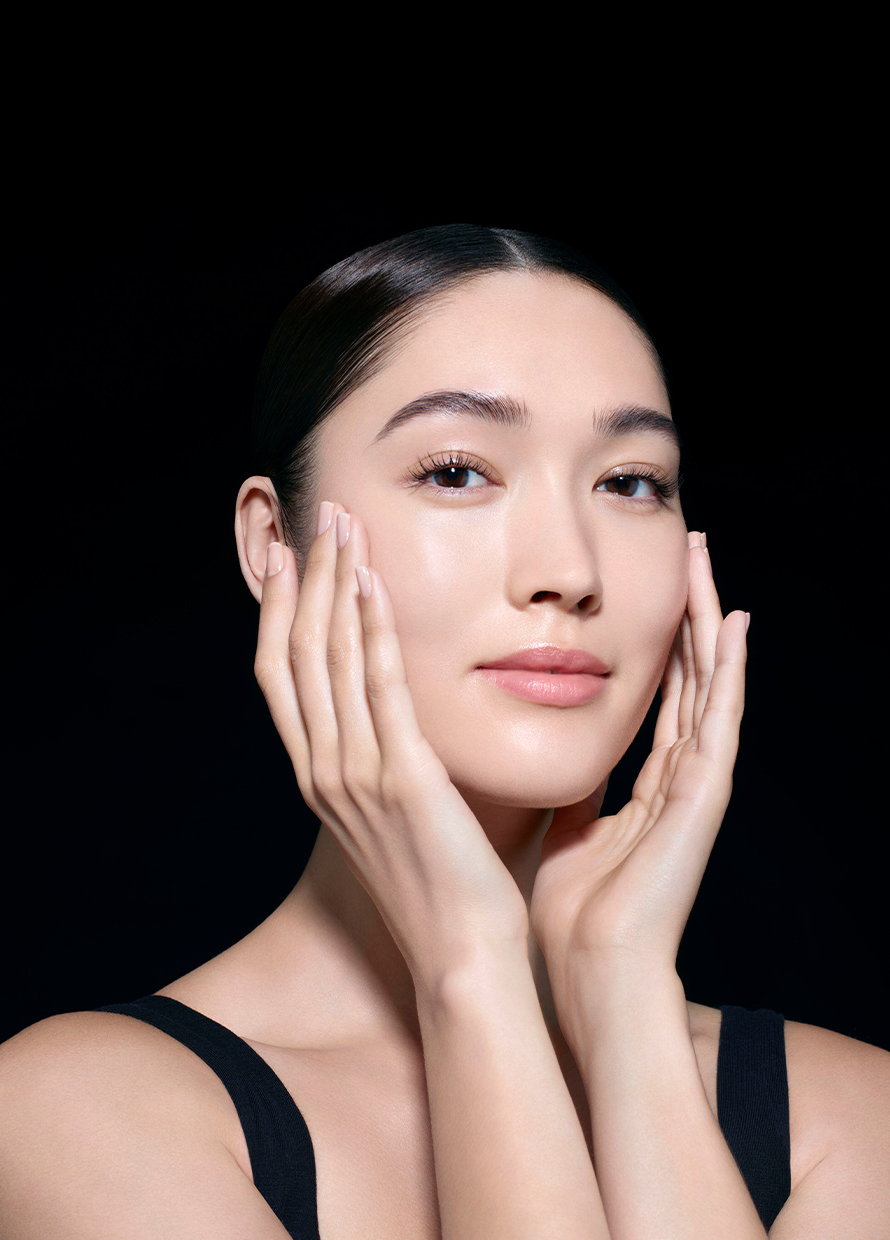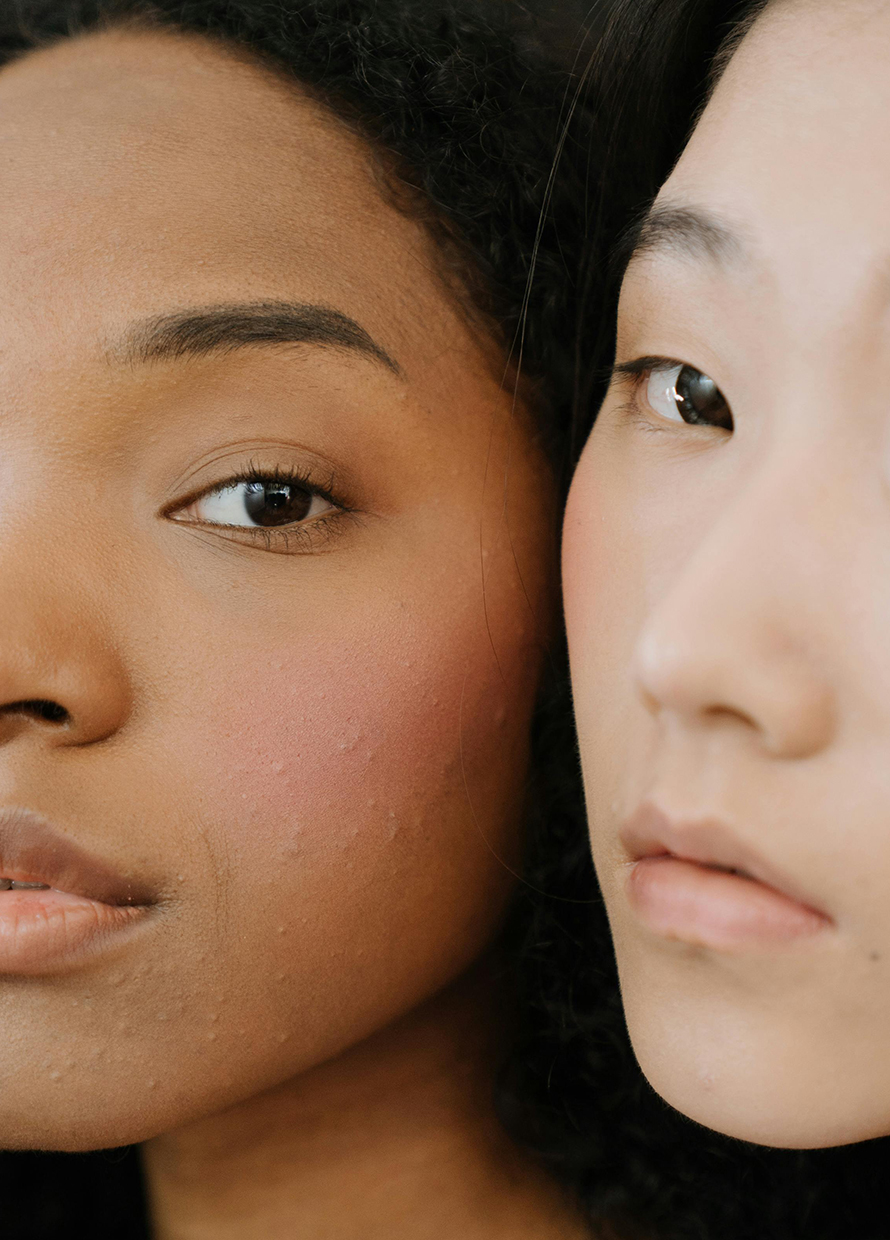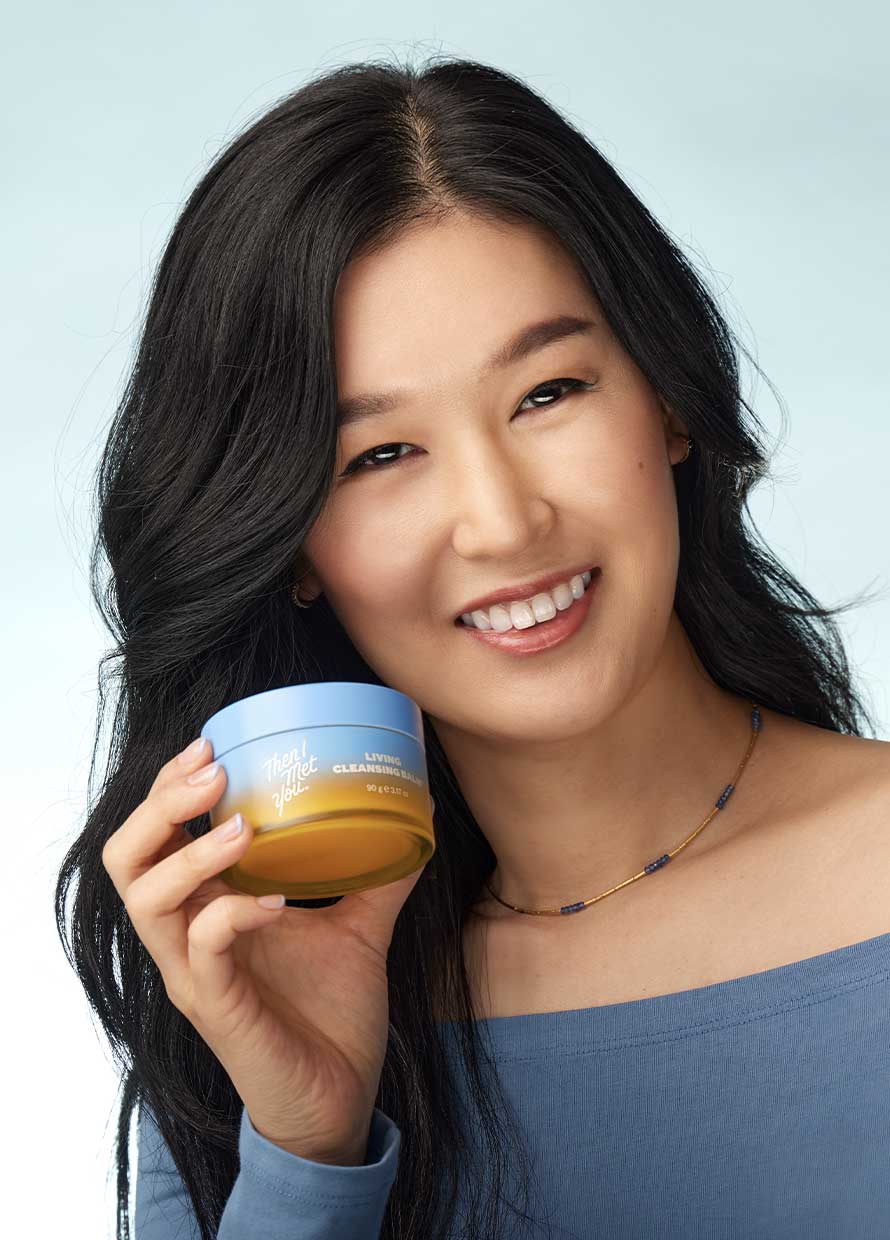The dos and don’ts of layering skincare: An easy guide to skincare chemistry
To mix or not to mix
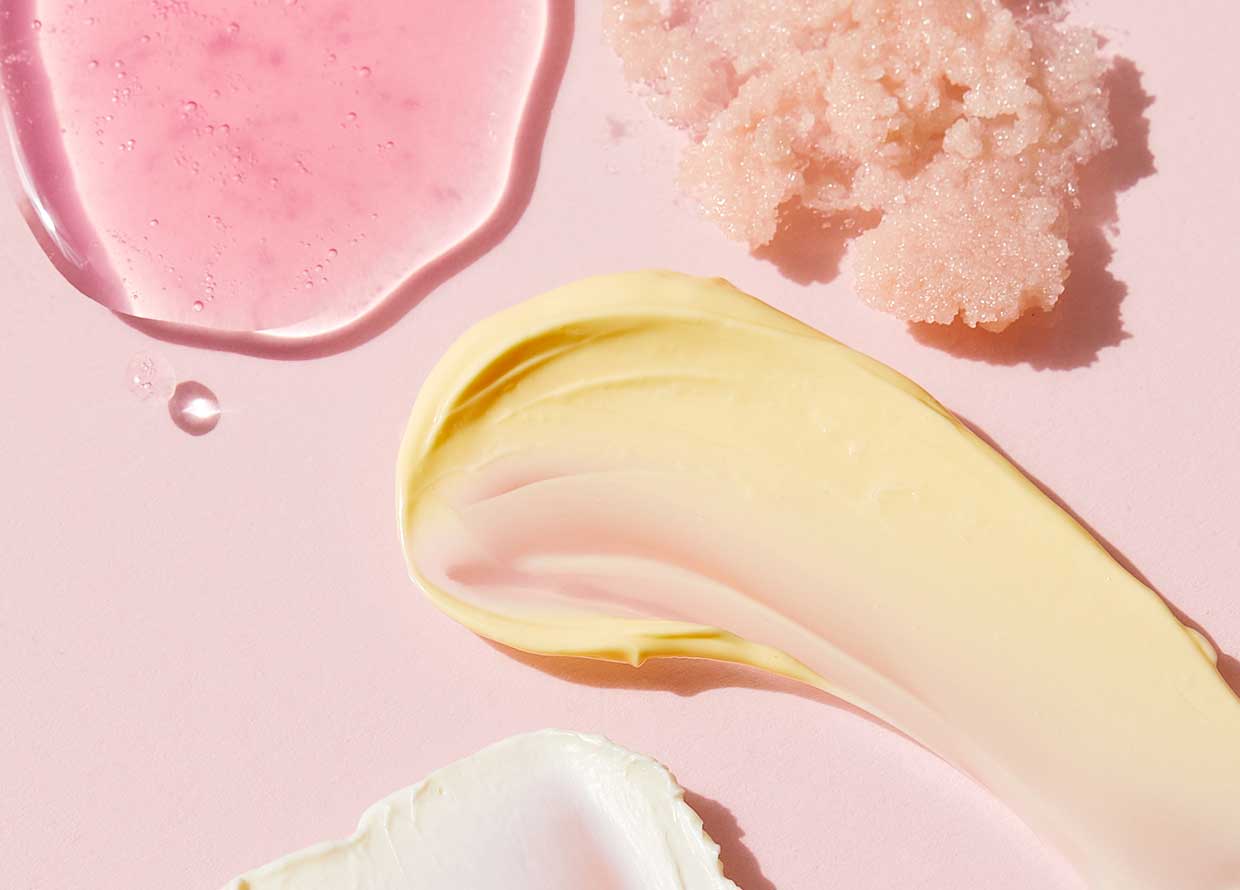
In our guide to layering skincare, we cover all the do’s and don’ts of mixing your products, from the ingredient pairs that maximise benefits to those that maximise irritation.
Skincare is a truly delicate thing. One too many cooks in the kitchen can take your skin from enviably flawless to red and angry—and once the damage is done, there’s only so much you can do about it.
Obviously, we’re not talking about an actual physical kitchen (that would be weird and ultimately unhelpful right now). No—we’re actually on about all your favourite active ingredients. Specifically, we’re talking about how some of the exfoliants and the retinoids that you slather on your face religiously react with one another. That redness all over your mug? Pure chemistry, baby.
You tell yourself it’s fine that you look like a freshly cut beetroot. “It’s just my face acclimating to the product,” you continue. “This is what it’s supposed to look like.”
Ultimately, you fail to convince yourself and in all your panic, you frantically search online and stumble across this article. Congratulations—you’ve come to the right place. Ahead, we break down all the ingredients you shouldn’t be mixing and hopefully solve your skin troubles in one go.
Niacinamide
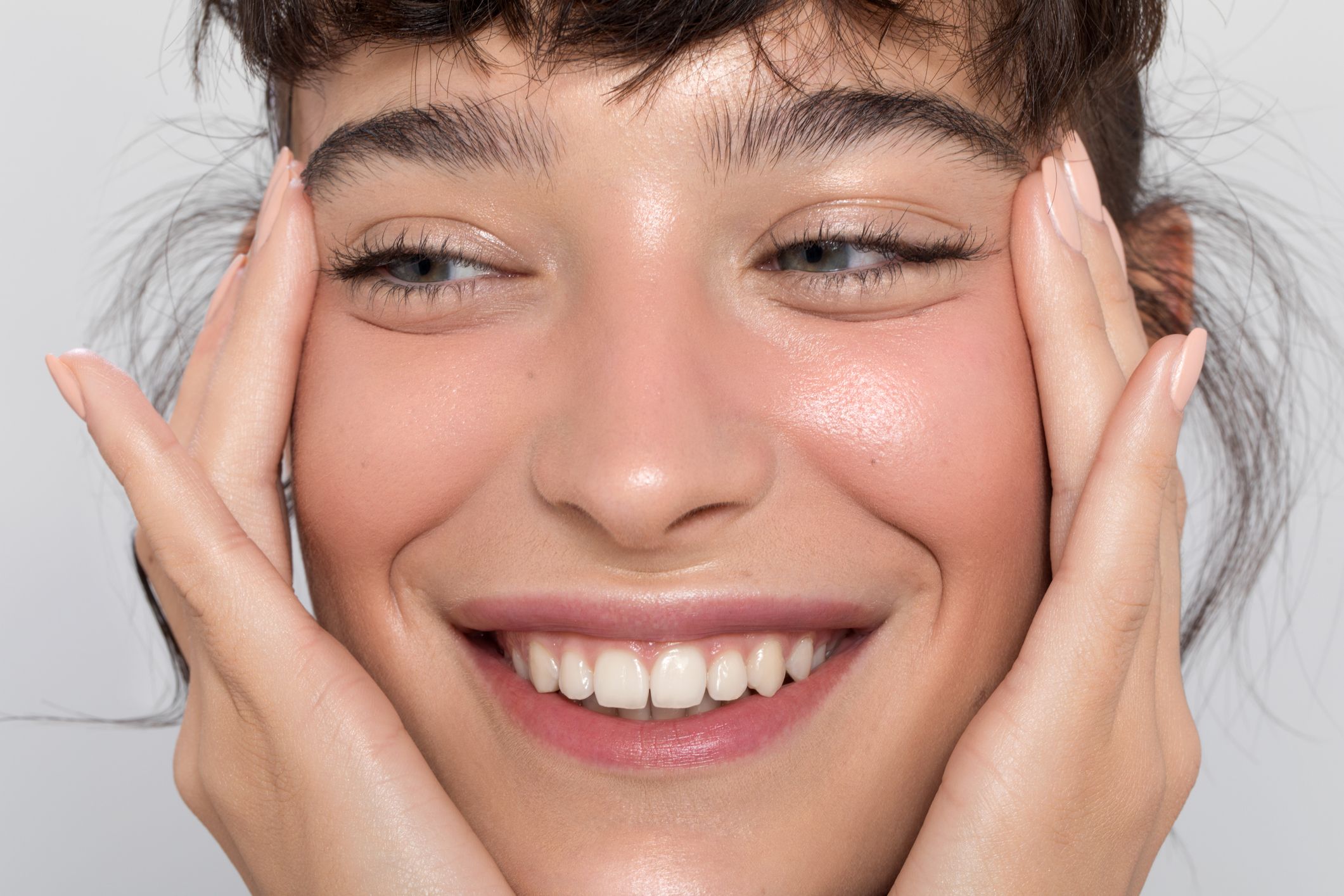
Niacinamide, a form of vitamin B3, is a very skin-friendly ingredient that has shot up in popularity in recent memory. Its position as one of the internet’s top cult-favourite ingredients is well-earned—in addition to improving skin texture and being anti-inflammatory, it minimises pores and keeps the skin moisturised. There’s more good news, too—it plays well with pretty much every skincare product you can think of.
Don’t mix: Vitamin C
Alas, there is no such thing as a perfect product. There’s one ingredient that isn’t compatible with niacinamide, and that’s vitamin C. When mixed, their potency and efficacy significantly diminishes. Further, mixing has the added drawback of triggering potential breakouts.
If you absolutely must use both, then make sure to leave at least 10 to 15 minutes between applications.
Do mix: Everything else in your skincare routine!
Retinol/Retinoids
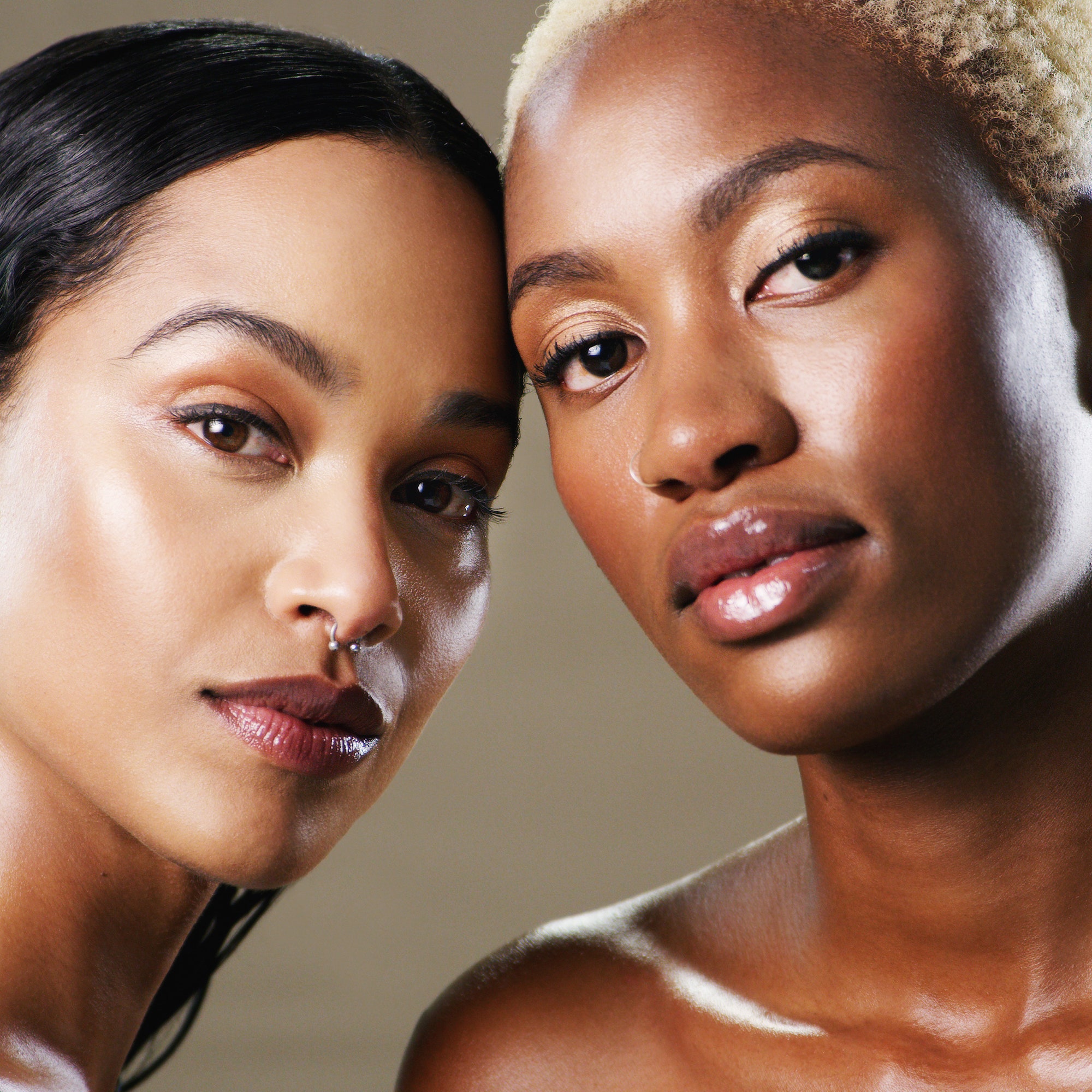
We’ve covered the ins and outs of retinol and retinoids, from what makes them such a sought-after skincare product to the risks each bottle comes with. By this point, you should know that the main draw of this ingredient is its anti-scarring, anti-dark spot, and anti-ageing effects.
While these certainly are all excellent draws, there is a catch: Retinol can be extremely irritating, especially when it’s mixed with the wrong crowd. It can also lead to skin dryness.
Don’t mix: Chemical exfoliants, benzoyl peroxide, vitamin C
As retinol works by promoting cell turnover, you’ll want to steer clear of products that will further exacerbate the irritation and dryness through a negative reaction.
Chemical exfoliants like AHAs and BHAs are, well, exfoliants. Paired with retinol, they can be extremely harsh—talk about too much of a good thing, eh? Mixing the two may land you with a face full of irritation, redness, inflammation, peeling, and/or dryness.
Benzoyl peroxide, on the other hand, reacts with retinol and deactivates it. This may come as a surprise to those of you on oral retinoids like isotretinoin, as you were probably prescribed benzoyl peroxide with your treatment plan. That’s because benzoyl peroxide only inactivates topical retinol, and mixing them together is both a waste of product and a surefire way to encourage irritation..
Finally, Vitamin C and retinol can cause increased irritation and increased sun sensitivity, so it’s best to keep them separate.
Do mix: Moisturising ingredients, SPF
As dryness is a common side effect of retinol, try mixing it with moisturising, humectant ingredients like hyaluronic acid and ceramides.
When it comes to SPF, it’s an absolute necessity all-year-round—but if there was any single appropriate time to slather it on, it would be post-retinol application.
Remember: If you didn’t have sensitive skin before you started on retinoids, you definitely do now.
Vitamin C
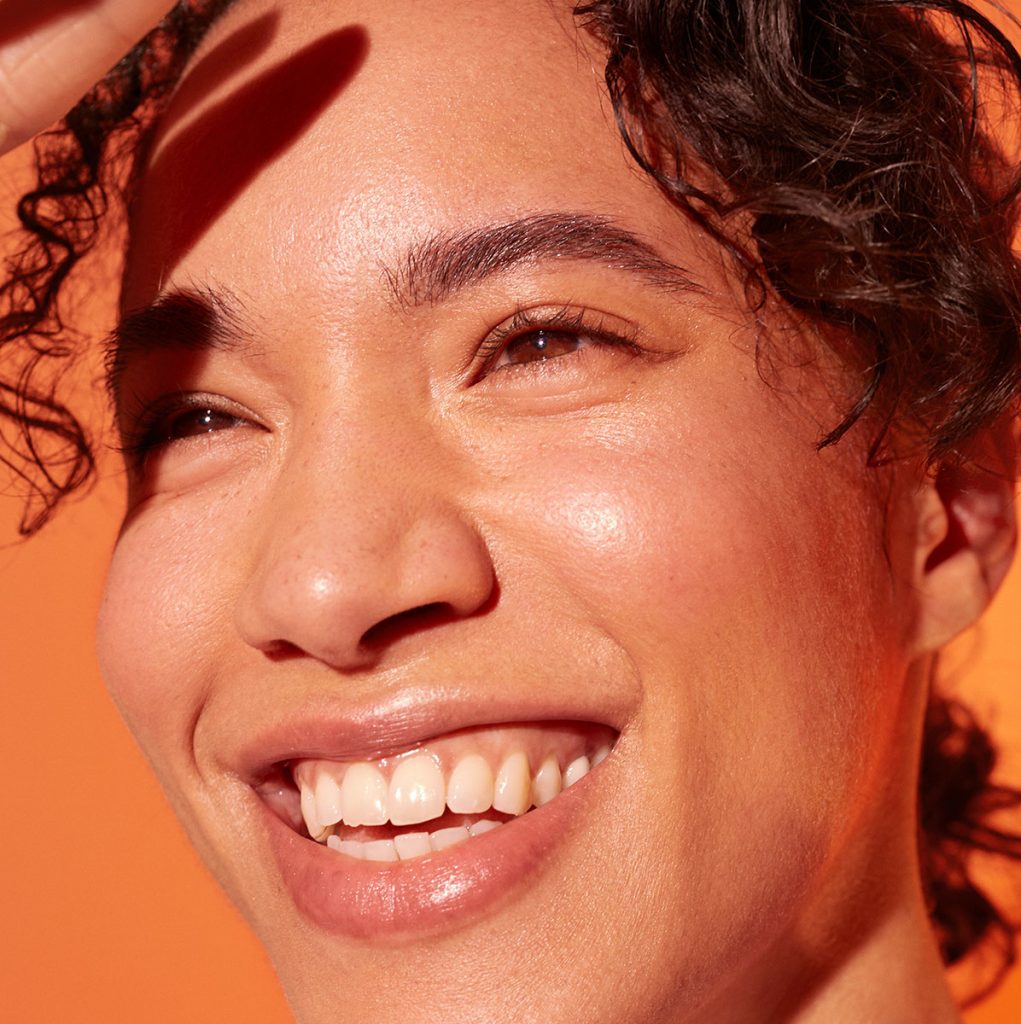
This antioxidant-rich ingredient works like a charm when it comes to protecting the skin against environmental aggressors, and it does this while brightening and evening out the skin tone.
READ: Why you should give your skin some Vitamin C loving
Don’t mix: Retinoids, chemical exfoliants, niacinamide
Mixing vitamin C and your chemical exfoliants is a bad idea from a purely financial standpoint. They both have similar antioxidant actions separately, but when mixed together, your precious AHAs render vitamin C completely useless.
This is because Vitamin C is formulated to work at a very specific pH—when you add acids into the mix, this pH is altered and the vitamin C may stop working. In some cases, the mix may cause irritation to the skin.
NOTE: Sometimes you may find that your products are formulated with both Vitamin C and chemical exfoliants. While this may seem counterintuitive based on what we’ve just told you, it’s more likely that the chemist has devised the formulation’s pH so that the two can work in harmony. It’s just ill-advised to mix them on your own!
Do mix: Other antioxidants, SPF
If you want to up the ante against skin aggressors (both from ageing and the environment), you could try doubling down and adding another antioxidant vitamin into the mix. Vitamin C paired with vitamin E and a layer of SPF is all your skin needs when it comes to preventing premature ageing. Bye-bye free radicals; bye-bye wrinkles!
Benzoyl Peroxide

A popular, no-frills ingredient, benzoyl peroxide packs a punch in the anti-acne department. It’s a super potent and effective acne treatment that works great on inflammatory acne types.
READ: Guide to acne: We break down why you break out and how to treat it
Don’t mix: Retinol, chemical exfoliants
We’ve covered the whole benzoyl peroxide and retinoid issue above, but the risks don’t stop there. Chemical exfoliants are another no-no when it comes to layering your benzoyl peroxide.
Mixing your AHAs or BHAs while you spot-treat with benzoyl peroxide is a disaster waiting to happen—while they work synergistically against acne, together they encourage increased irritation.
Do mix: Moisturising ingredients, SPF, topical antibiotics
Again, benzoyl peroxide can be extremely drying on the skin. Do your face a favour and load up on the hyaluronic acid.
As for topical antibiotics, they work great with benzoyl peroxide as they kill the bacteria causing inflammatory acne in the first place.
Chemical exfoliants (AHA/BHAs)

Major skincare enthusiasts are no strangers to chemical exfoliants. Some common AHAs include glycolic and lactic acid, and the most common BHA is salicylic acid. Chemical exfoliants are an easy, gentle way to exfoliate the skin without the need for damaging physical scrubs, so it’s clear why these acids are so popular in the skincare sphere.
They can be found in your toners, spot creams, cleansers, and face masks—hence, you need to keep your eyes peeled for any conflicting ingredients.
READ: Guide to chemical exfoliants: What are they, how to use them and how much is too much?
Don’t mix: Retinoids, vitamin C, other chemical exfoliants and benzoyl peroxide
As we mentioned above, retinoids, benzoyl peroxide, and vitamin C are both a waste of money and a potential highway to irritated skin.
The most important thing to note, however, is that you must never mix your AHAs and BHAs with other AHAs and BHAs. You see, mixing your glycolic acid with your salicylic acid is just asking for a major reaction on your skin. Oof!
“But I’ve seen so many products that claim to have both AHAs and BHAs in them. How do you figure that happens if what you’re saying is true?”
The simple answer is that the mix of AHAs and BHAs in those products has been specially formulated to prevent irritation. It’s not safe to mix them on your own—leave it to the chemists.
Do mix: Moisturising ingredients, SPF
As is the case for most of the ingredients mentioned above, these chemical exfoliants can leave your skin dry and sensitive. The only way to protect and repair your skin is to be diligent with your moisturising and your SPF.
For more skincare insights, click here.
| SHARE THE STORY | |
| Explore More |

